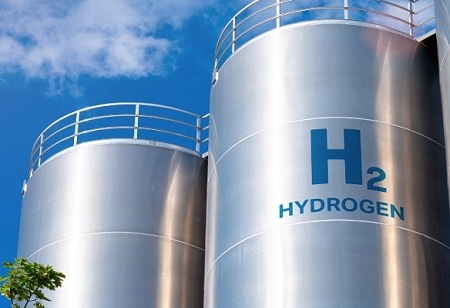To maximize its environmental benefits, hydrogen must be “green”—made entirely from renewable-energy sources. Other methods, however, will also continue to be employed, some cleaner than others. Currently, the most common method, gray H2, involves using a fossil fuel to heat water into steam, mixing the steam with methane, and capturing the H2 released.
Why production of low carbon hydrogen stands a priority in India?
Hydrogen Competitiveness – End Use Application in India
India will almost double in market size for hydrogen by demand from 2020 levels by 2030. The chief contributors to this growth shall be the ammonia based fertilizers, petroleum refineries and chemicals industries
MAKING LOW CARBON HYDROGEN IN INDIA – PRIORITY FOR COUNTRY
To maximize its environmental benefits, hydrogen must be “green”—made entirely from renewable-energy sources. Other methods, however, will also continue to be employed, some cleaner than others. Currently, the most common method, gray H2, involves using a fossil fuel to heat water into steam, mixing the steam with methane, and capturing the H2 released.
Adding a filter to trap the GHGs emitted results in so-called “blue” hydrogen stand. Blue hydrogen is likely to remain economically favorable in places with an abundance of methane, especially once carbon capture technologies fully evolve.
For a country like India, full benefits of hydrogen and fuel cell technologies play out when deployed at scale and across multiple applications.
2020-2022: Immediate next steps
In the first two three years, the aim is to establish dependable and technology-neutral decarbonization goals in a greater number of states in the country and at the central level produce comprehensive guide which will serve input to regulatory & policy dynamics.
2023-2025: Early scale-up
By 2025, large-scale hydrogen production in the country is anticipated to be developed. This shall be done by bringing the cost down and kicking off scale up applications. Policy incentives in early markets being transitioning from direct support to scalable based mechanisms.
2026-30 & Beyond: Diversification & broad roll-out
The 2026 to 2030 phase is about diversification beyond early adopter segments and early adopter states such as transportation and backup power, and about scaling up infrastructure across the country. After 2030, hydrogen is deployed at scale in India, across regions and industries. Most applications achieve cost parity with fossil fuel alternatives through sufficient pricing of externalities, and public support for market introduction can be phased out.
2020-2022: Immediate next steps
In the first two three years, the aim is to establish dependable and technology-neutral decarbonization goals in a greater number of states in the country and at the central level produce comprehensive guide which will serve input to regulatory & policy dynamics.
2023-2025: Early scale-up
By 2025, large-scale hydrogen production in the country is anticipated to be developed. This shall be done by bringing the cost down and kicking off scale up applications. Policy incentives in early markets being transitioning from direct support to scalable based mechanisms.
2026-30 & Beyond: Diversification & broad roll-out
The 2026 to 2030 phase is about diversification beyond early adopter segments and early adopter states such as transportation and backup power, and about scaling up infrastructure across the country. After 2030, hydrogen is deployed at scale in India, across regions and industries. Most applications achieve cost parity with fossil fuel alternatives through sufficient pricing of externalities, and public support for market introduction can be phased out.
More market research, advisory & consulting services to discover
At Eninrac, we offer a wide range of market research, advisory & consulting solutions, from Business Intelligence to Benchmarking services. We put ‘search’ in research to help expand your business with ease. Discover all the possibilities now.


